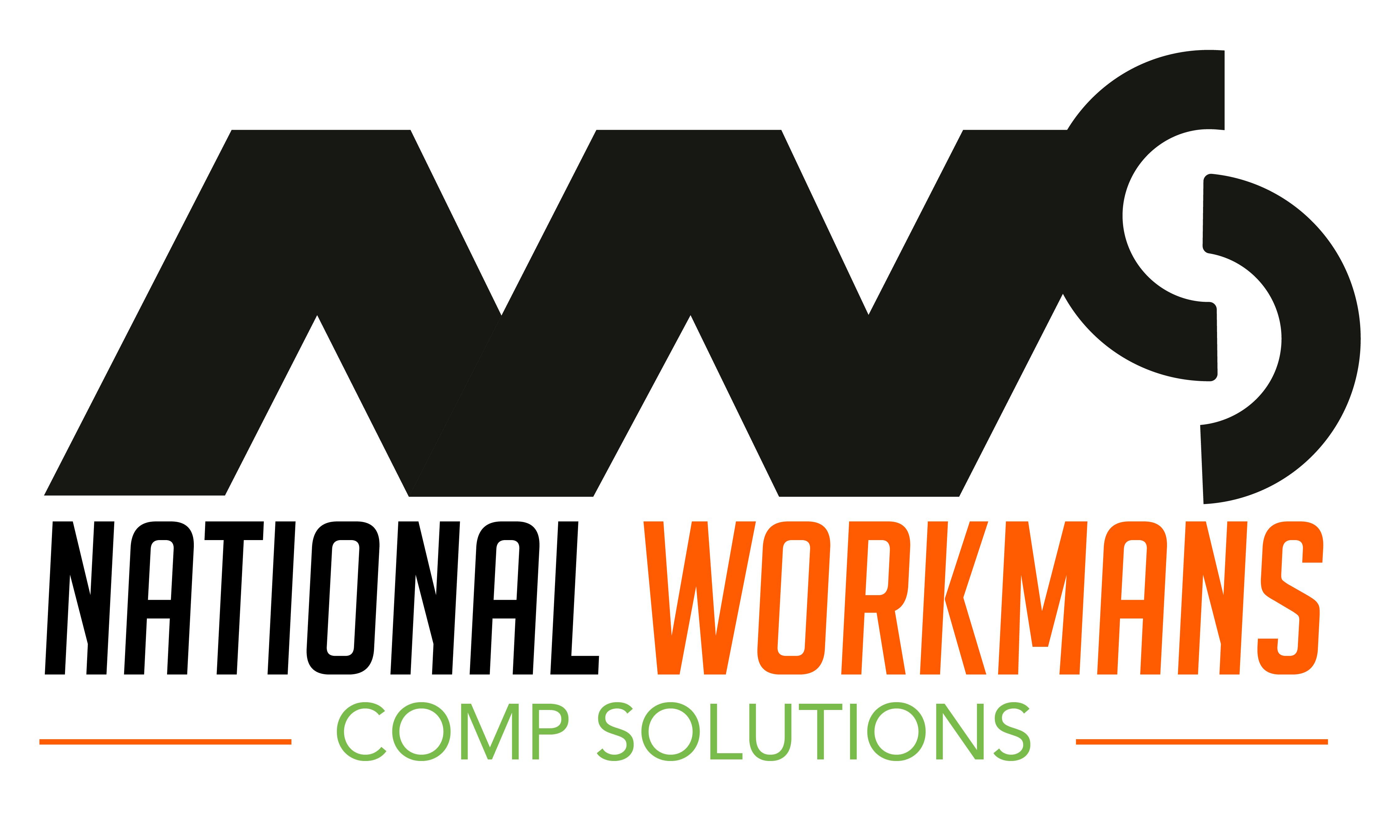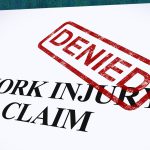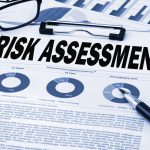Risk management aims to eliminate as much risk of injury and illness at work as reasonably possible. Of course, it’s impossible to eliminate all risks, no matter what kind of business you run. But to protect yourself and your employees, you must identify and reduce as many risks as possible.
Managing the health and safety of your employees requires a process that has a few steps. You must identify the hazard, assess the risk, control the risk, and continue to evaluate how well you’re controlling the risk.
Keep reading to learn more about how to manage your employees’ safety.
Create and Distribute Protocol Documents for Risk Management
You can use any tools at your disposal to create and distribute the protocol for your business. Every good health and safety program needs a way to hand out all the up-to-date documents to everyone who needs them.
The best and most basic way to ensure that everyone has access to updated risk management information is by having a hub with updated information that they can easily access.
Checklists for Safety Inspections
Next, create some checklists for your safety inspections. Safety inspections don’t have to be complicated, time-consuming things. But you must be thorough when checking out the various places in your building or business where risk is especially high.
Safety checklists help you establish a baseline for top-notch inspections each time you do them. This will help streamline the processes and save you time and money in the long run.
Assess the Risks
You must take a moment to assess the risks in your business. Every business, no matter how large or small, has areas where risk is a little more severe.
All you have to do to assess the risks is identify the hazards. Once you’ve identified them, you can get to work determining what steps you need to take to mitigate the risk.
You can also start to watch closely for employee non-compliance and figure out a way to fix it. Risk assessment is the first and most important step in risk mitigation.
Create an Emergency Response Plan
The goal of risk management is to never have to use an emergency response plan. But, as we mentioned, there’s no way to eliminate risk. Create an emergency response plan for every hazard you found in your risk assessment so you don’t have to scramble to figure out what to do when disaster strikes.
OSHA requires business owners to have emergency response plans contain information about how to report an emergency, how to evacuate and assemble, and how to shut down operations. There must also be information about rescue and medical duties for specific workers.
While not required, you should also include information about the local hospital and other medical services.
Train and Document
Once you’ve located the areas of risk and figured out how to deal with them, it’s time to get to work training your employees. Education and prevention is the best way to mitigate risk in all areas of your business.
Include things like fire drills, tornado drills, earthquake drills, accident drills, first aid drills, and even wellness programs. Even something as simple as first aid training and CPR certification can save someone’s life in the event of a workplace emergency.
Train your employees to use all of your equipment correctly and make sure they understand the safety procedures involved as well.
OSHA requires you to keep documentation of some kinds of training. However, it’s in your best interest to thoroughly document all training your employees go through about their training.
Audit Policy Internally
Once you’ve identified risks, established safety standards, and trained your employees, you can start to audit your health and safety policy internally. Internal audits are a great way to make sure that you comply with all laws. You’ll also be able to pinpoint where you have strengths and weaknesses in your employee management system.
You can either select someone internally to do the audit or you can hire out for this step. Some companies specialize in spotting health and safety inconsistencies.
Keep all of the documentation from your audits so you can compare between them and spot your areas of improvement and any areas of growth potential.
Display All Health and Safety Information
It is required by OSHA that you display the Job Safety and Health poster in a common area for all of your employees to see. While it’s not required, it would be wise to display other health and safety laws and regulation information in a central area as well.
While it may seem unnecessary, having all the information in one place will help keep safety at the forefront of your employees’ minds while they’re working.
Hold Regular Meetings and Communicate
Communication is another key in managing risk in your business. Make sure everyone in your business is aware of your new policies. Don’t wait until there is a problem for you to hold a meeting to discuss changes.
Keeping everyone in the loop about health and safety should be the top priority. Hold health and safety meetings monthly. Select a committee of health and safety officers to help you delegate important tasks.
These meetings are a great time for you to hear feedback from your employees as well. They have a unique, first-hand perspective of the specific dangers and hazards of the job. Encourage them to speak up when they see a potential health hazard that isn’t being addressed.
Need Help With Worker’s Compensation?
Risk management is an important part of running a successful business. When you can identify the risks and figure out how to mitigate them, you’re saving your company time and money and you’re making a safer workplace for everyone involved. Regardless of the field you work in, you need to make your employees’ health and safety your top priority.
However, even the safest workplaces can still have accidents. If you’re looking for worker’s compensation for your business, contact us today.


 March 16, 2021
March 16, 2021 Blog
Blog 









